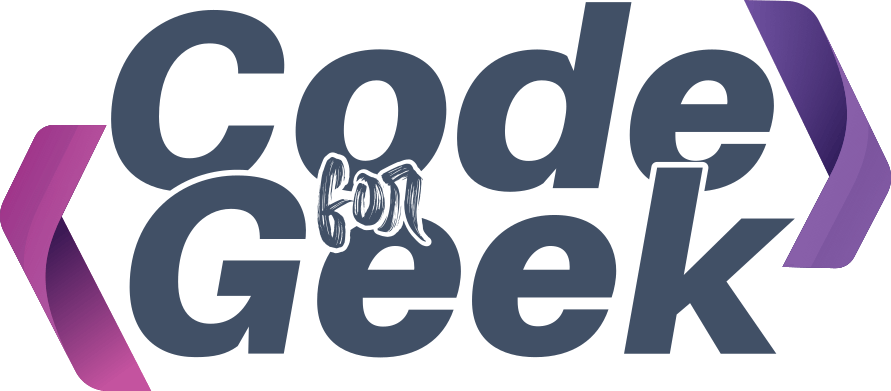URL Encode Tool
Turn any text or special characters into a safe, web-friendly URL instantly
Ever pasted a name or some text into a web address and got an error or a broken link? The web uses special rules for links, and things like spaces, symbols, and emoji have to be hidden behind codes. This process is called URL encoding. It keeps links safe and prevents errors, but it turns normal words into strings filled with percent signs and numbers.
This is where my URL Encode Tool saves the day. You paste in any text or symbol, and with one click, you get a safe, web-friendly URL you can use in forms, APIs, sharing, or analytics. No more guessing what code stands for what letter, or worrying if your link will break.
What Is URL Encoding?
URL encoding is a way of making sure that every part of a link is safe for browsers, servers, and software. When you enter a space or symbol in a web address, it has to be converted into a special format. For example, a space becomes %20 or +, and an ampersand becomes %26.
Browsers, APIs, and web servers all rely on URL encoding to move data safely and without confusion. Any character that is not a letter, number, or one of a few allowed symbols gets replaced with a percent sign and a code.
Why Would You Need to Encode a URL?
There are lots of moments where URL encoding is required:
- You want to share a link with someone and it includes spaces, emoji, or special characters
- You are building a form and sending user data to a server
- You work with APIs, analytics tools, or webhooks that expect clean, encoded URLs
- You want to track search keywords or campaign names in URLs
- You copy-paste links into emails and want to avoid breaking them
If you do any web work, you have probably seen encoded URLs every single day. This tool makes encoding fast and simple.
What This Tool Does
The URL Encode Tool takes any text or symbol you enter, checks for special characters, and turns it into a web-safe code using the right rules. You paste your input into the first box, click Encode URL, and get a safe, readable string below. You can copy and use the result in links, APIs, analytics, or anywhere else a web address is needed.
Everything runs instantly in your browser, so your data is never sent anywhere or saved.
Input and Output Examples
Here are a few real-world cases:
Example 1
Text to encode:
Hello World!
Encoded output:
Hello+World%21
Example 2
Text to encode:
https://codeforgeek.com/tools?name=John Doe&age=30
Encoded output:
https%3A%2F%2Fcodeforgeek.com%2Ftools%3Fname%3DJohn+Doe%26age%3D30
Example 3
Text to encode:
Special chars: # & ? =
Encoded output:
Special+chars%3A+%23+%26+%3F+%3D
Example 4
Text to encode:
I love 😊 coding!
Encoded output:
I+love+%F0%9F%98%8A+coding%21
No matter how tricky the text, this tool will always give you a valid encoded string.
How to Use This Tool (Step-by-Step)
- Type or paste your text, link, or symbol into the Text to Encode box.
- Click Encode URL.
- Copy the encoded output from the box below.
- Use your result in links, forms, or anywhere the web expects a URL.
- Click Clear All to reset and encode something new.
You get the answer instantly, and you never have to worry about mistakes or broken links.
Real-World Use Cases
I use this tool any time I need to share links that include names, search queries, or special symbols. Marketers use it for tracking campaigns, web developers use it for building forms, and anyone working with APIs needs it daily. It is also handy for debugging broken URLs and finding out exactly how browsers see your link.
Why URL Encoding Matters
Without proper encoding, web links break and data gets lost. Encoding makes sure every letter, emoji, or symbol is delivered safely to the other side. If you care about data accuracy, user experience, or just want your links to work every time, encoding is not optional – it is essential.
Frequently Asked Questions (FAQs)
What does this tool do?
The tool converts any text, symbol, or string into a web-safe encoded format so you can use it in links and forms.
Will it handle spaces and emoji?
Yes. Spaces are encoded as + or %20, and emoji are turned into safe codes.
Can I use this tool for very long URLs?
Yes. There is no limit to the input length. It works with long links, paragraphs, or big data chunks.
Does the output work for all browsers and APIs?
Yes. The encoding follows universal web standards and works everywhere.
Is my input or output saved anywhere?
No. Everything stays in your browser and is never uploaded or tracked.
Can I decode the encoded text later?
Yes. Use a URL Decode Tool to turn it back into plain text if you need.
Does it work with non-English or Unicode characters?
Yes. It encodes all Unicode and non-English text safely.
What happens if I encode something already encoded?
You will get a double-encoded result. For best results, encode only plain text.
Can I use this on mobile devices?
Yes. The tool is designed for all devices and screen sizes.
Is any installation needed?
No. The tool works instantly in your browser. No downloads or sign-ups required.
